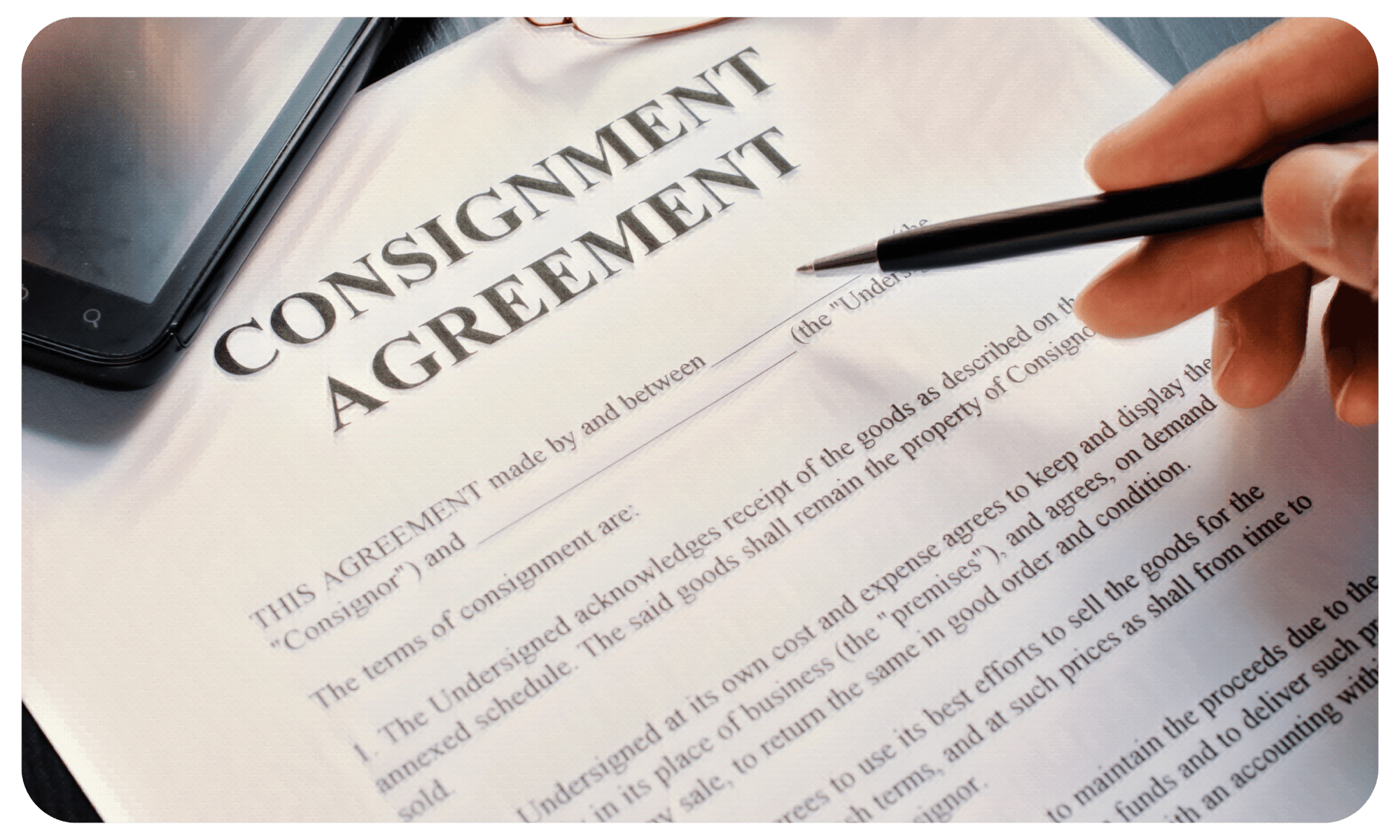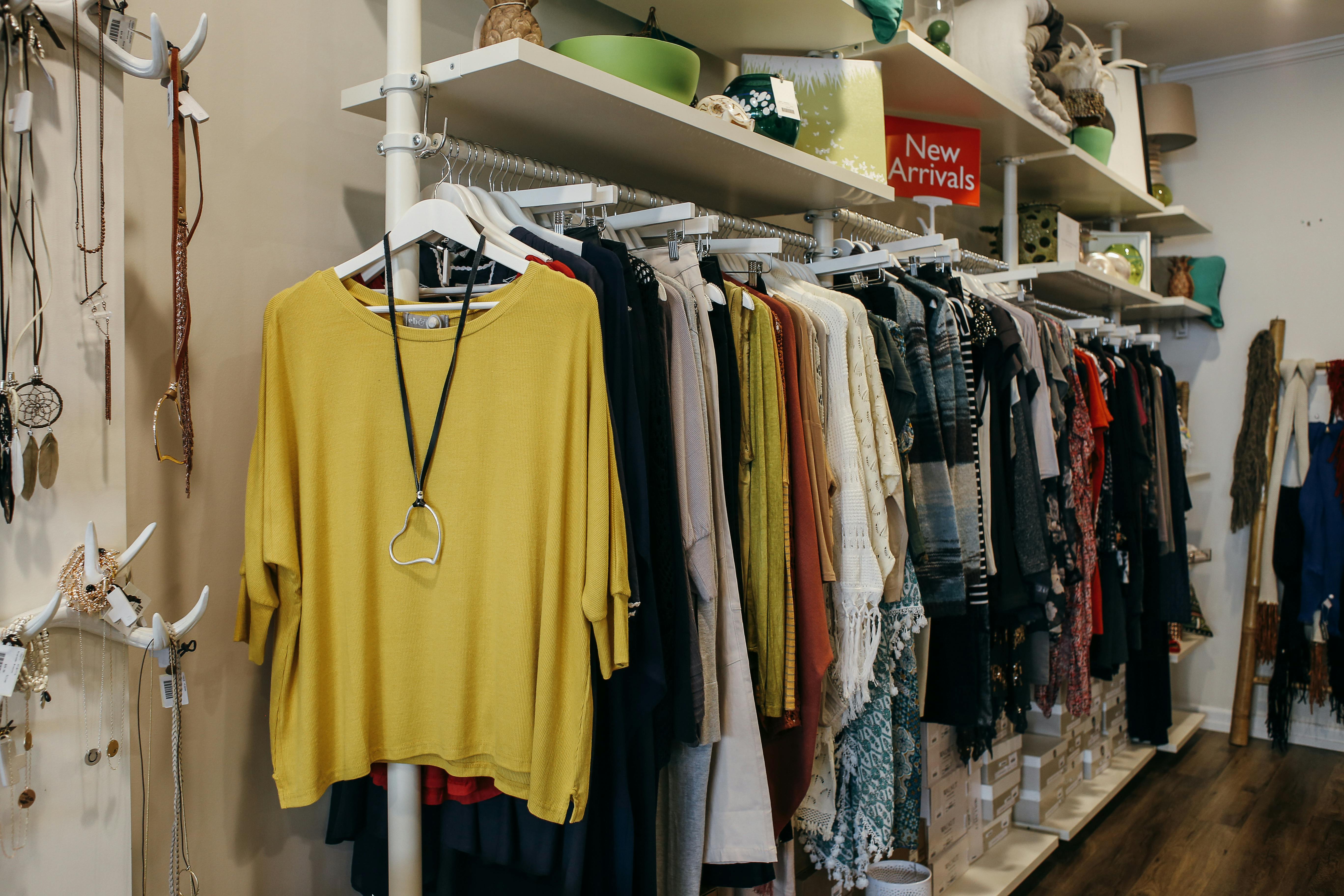Running a resale store can be expensive. Sales make up most of a store's revenue, but many consignment stores use consignment fees to increase income and cover costs.
If you're worried about adding a consignment fee, you're not alone. Many consignment shop owners express stress at making the change. But including reasonable consignment fees in your store's business model is a common practice. To understand what a typical consignment fee is, it's important to know what other retail stores do.
“Monthly business expenses stressed me out at first. But, I quickly realized that by creating a fee structure for consignors, vendors, and items, I was able to almost completely offset the price of my business software without jeopardizing my relationships with customers or consignors.”
Managing fees with vendors and consignors can be a complex and time-consuming task. With SimpleConsign, you can easily track and handle extra charges popular in the consignment sales and thrift store industries.
Here are manageable ways to use SimpleConsign to manage your consignment fees and boost your bottom line.
1. Flat Buyer's Fee
Adding a buyer's fee is an easy way to raise prices without giving a higher consignment percentage of the sale to your consignor. This fee can be as low as $0.25 - $0.50 per item but can accumulate over time. A Buyer's Fee is paid by customers at the time of purchase and can be either a fixed dollar amount or a percentage of the total price. You have the power to decide how much you want to add.
Let’s say you decide all merchandise priced between $20 and $50 will receive a $1 Buyer’s Fee. A new item is entered into the system for $20. This is the price the consignor sees and the price your reports show. However, when the item is tagged and placed on the sales floor, it shows a price of $21. If your consignor split is 50%, the consignor receives $10, and you receive $10, plus the $1 Buyer’s Fee whenever the item sells.
2. Tiered Buyer's Fee
Add a tiered buyer’s fee to consignor items. For example, items priced from $1 - $20 could have a $1 item fee. Increase the buyer’s fee based on the price of the item. There are no limits to this tiered approach.
3. Flat Item Fee
Consignors have the privilege of selling their items on consignment in your shop vs. having strangers trudge through their homes. When floor space is at a premium, you need to add a fee for taking up that space. Unlike the Buyer’s Fee, however, an Item Fee is taken off the consignor split. Once again, you set the Item Fee range.
Let’s say you want to add a $0.50 fee to every item sold in your shop. A new item is entered into the system and tagged for $20. If your shop has a 50-50 split, the consignor would receive $9.50, and the shop would receive $9.50, plus the additional $0.50 fee at the time of sale.
4. Store Split Fee
Collect a larger store split for certain categories like furniture or heavy items. If your typical split is 50/50, you can easily adjust it to a different amount as needed, such as a 60/40 split.
5. Credit Card Fee
Shops no longer need to “eat” credit card processing fees simply because it’s the “price of doing business.” At SimpleConsign, you can easily recover these costs by charging a predetermined percentage to every credit card transaction to the consignor.
6. Check Fee
If you are paying your consignors with checks, consider charging them a check fee to cover the cost of managing your checks. This wouldn't make you more money, but it would cover the cost of your checks, which accumulate quickly.
With SimpleConsign, you can charge the consignor as you process their payout.
7. ACH Fee
This works exactly the same as a check fee, except quicker and without the headache of printing checks.
Oftentimes, ACH payments have a cost attached. While some stores see that cost as a necessary measure to save time and absorb the expense, many feel as though this is a luxury to their consignors. They are doing their consignors a favor by paying them instantly and saving them a trip to the bank. The ACH Payout fee allows shop owners to charge consignors for effortless payouts.
8. Consignor Access Fee
Consignor Access allows consignors to have online access to their accounts while giving you control over the information they see. Consignor Access will help you have easy communication with your consignors and keep them updated. Since this is something extra you offer for the convenience of your consignors, consider charging them a fee.
With SimpleConsign, consignors with at least one item in inventory are charged on the last day of the month.
9. Monthly Fee
Unlike the Consignor Access fee, this fee can be applied whether or not a consignor has an active inventory with consignor access capability. This is a great tool for vendor malls and antique-style stores that lease space to their consignors.
10. Account Fee
To incentivize serious consignors and promote repeat business, charge a one-time consignor account fee for account creation.
11. Store Credit
Offer an additional percent for payouts paid as store credit. This encourages consignors to spend their money in the store.
12. Online Transaction Fee
As the Consignment industry continues to venture more and more into the realm of online sales, SimpleConsign offers a fee for all online transactions. Combined with the SimpleConsign Shopify Plugin that allows for stores to seamlessly sell online, this fee allows for the transition to be effortless and more importantly, painless. Consignment shops typically have to spend more time preparing online items to ship. This fee helps a shop mitigate the costs.

Conclusion
Consignment fees can have a significant impact on your store's profit. To implement new fees, you should begin by drafting a consignment agreement that outlines the terms and conditions. In your agreement, include a section that specifies how the consignment fees will be calculated and applied to the consignor's account. Be sure the consignor understands who is responsible for paying the fees.
In her book Too Good To Be Threw, Kate Homes advises,
"Do not delineate exactly what amount this fee is, so you have the flexibility of raising or lowering it in the future. But if a consignor asks, tell. It's easiest to say something general like ‘It ranges from fifty cents to five dollars depending on the price, but mostly it's fifty cents or a dollar."
There's a reason SimpleConsign is the industry's leading software.
Discover the time-saving and profit-boosting advantages of software tailor-made for resale.



